
05 Nov Genealogist- Newsletter- November 4, 2023
Contents
- 1 GENEALOGISTS- WHY DIDN’T GREAT-GREAT-GRANDPA MARRY UNTIL HE WAS 44?
- 2 GENEALOGIST- THE GERMAN MEXICAN SOUTHWEST
- 3 GENEALOGIST- HOW ABOUT THEM TEXAS RANGERS!!!!!!!!!!!!!!!!!!!!!!!!!!!!!!!!!
- 4 GENEALOGISTS STUDY THE TWO CHARLES PINCKNEYS AND CAPTAIN UNDERPANTS
- 5 GENEALOGISTS GO FULL CIRCLE
- 6 GENEALOGISTS STUDY THE HELLFIGHTERS
- 7 GENEALOGISTS AGREE THAT IS A LONG LABOR!
- 8 GENEALOGISTS ASK WHAT ABOUT YOUR ANCESTORS?
 GENEALOGISTS- WHY DIDN’T GREAT-GREAT-GRANDPA MARRY UNTIL HE WAS 44?
GENEALOGISTS- WHY DIDN’T GREAT-GREAT-GRANDPA MARRY UNTIL HE WAS 44?
A client was curious about where their immigrant ancestor, Robert Devard, had come from in England. To answer him, as a genealogist I returned to where he was first found in the client’s records in America, in Mobile, AL, in 1860. I noticed children next door with his Devard last name, with an Emile Langdoc, and that they were recorded as mulattoes. So, were these children related to him, and if so, how?
I finally found him indexed incorrectly and living next door to Emile in 1850, with the same children, but now the children had the Langdoc last name.
I researched Emile and found that she was the daughter of an early southern Alabama-founding French Creole Family. Her father owned 80,000 acres, and Emile’s mother also owned land. In the 1830 and 1840 censuses, the family was recorded as Free Colored Persons. They also owned slaves in both censuses.
In the 1860 Agricultural Census, Emile owned 552 acres worth $2000. In the 1860 slave schedules, she owned five slaves. So, what more could we learn about Emile and how her children were tied to Robert?
We hit the jackpot when we found a dissertation for a degree of Doctor of Philosophy in the Department of History in the Graduate School of the University of Alabama. The dissertation was well-sourced.
Here is what we found in the dissertation- “Emile, born in 1819, was the concubine of Robert Devard. They had four children, all baptized by Father Gabriel Chalon on the same day in August 1850. The 1850 census lists Emile’s children with the surname Langdoc, yet in the 1860 census, they were identified as Devards. Although he was the father of these four children, Devard lived in his separate household next to Emile’s dwelling.
So, a female free person of color, known as a concubine, was also a landowner and a slaveholder. Was that a common situation? Here are some items I found.
South Carolina diarist Mary Chesnut wrote in the mid-19th century that “like the patriarchs of old our men live all in one house with their wives and their concubines, and the mulattos one sees in every family exactly resemble the white children …” In some places, especially in the French and Spanish Caribbean and South American slave societies, the ethnic European father might acknowledge the relationship and his children. Some were common-law marriages of affection. Slaveholders were more likely to free their mixed-race children of these relationships than they were to free other slaves. They also sometimes freed the enslaved women who were their concubines.
In many places, especially in the American South, there were restrictions on people of color owning slaves and agricultural land. However, many free blacks lived in the countryside, and some became slaveholders.
I found this on Snopes: “There were approximately 319,599 free blacks in the United States in 1830. Approximately 13.7 percent of the total black population was free. The census of 1830 lists 3,775 free Negroes who owned a total of 12,760 slaves”.
From another document, I found a more detailed listing of free colored person slaveholders from the 1850 census (below). In looking at the Alabama page, there were about 50 names listed, and while I cannot discern the gender of some of the French Creole names, it looks like about a third were female. So it was not common, but indeed not rare.
Here’s a dissertation on Louisiana free women of color being slaveholders.
https://repository.lsu.edu/gradschool_theses/3013/
Meanwhile Robert Devard abandoned his Creole family and moved to Kentucky as the Civil War was brewing, married there, and had four more children, from which the client descends. So, now you know part of how Grandpa held off marrying until he was 44 years old.
I am still looking for his English origins and were going to Y-DNA and one of our forensic genealogists to try and determine his line. Genealogist.
 GENEALOGIST- THE GERMAN MEXICAN SOUTHWEST
GENEALOGIST- THE GERMAN MEXICAN SOUTHWEST
In the last newsletter, we discussed Arizona being the 12th Confederate State. What if Arizona, New Mexico, and Texas had rejoined Mexico with German support?
The Zimmermann Telegram (or Zimmermann Note or Zimmerman Cable) was a secret diplomatic communication issued from the German Foreign Office in January 1917 that proposed a military alliance between the German Empire and Mexico if the United States entered World War I against Germany. Mexico would recover Texas, Arizona, and New Mexico with Germany’s aid. The telegram was intercepted by British intelligence.
Revelation of the contents enraged Americans, especially after German State Secretary for Foreign Affairs Arthur Zimmermann publicly admitted on March 3 that the telegram was genuine. It helped to generate support for the American declaration of war on Germany in April 1917.
The decryption has been described as Britain’s most significant intelligence triumph during World War I and marked one of the earliest occasions on which a piece of signal intelligence influenced world events.
“We intend to begin on February 1 unrestricted submarine warfare. We shall endeavor in spite of this to keep the United States of America neutral. In the event of this not succeeding, we make Mexico a proposal of alliance on the following basis: make war together, make peace together, generous financial support and an understanding on our part that Mexico is to reconquer the lost territory in Texas, New Mexico, and Arizona. The settlement in detail is left to you. You will inform the President of the above most secretly as soon as the outbreak of war with the United States of America is certain, and add the suggestion that he should, on his own initiative, invite Japan to immediate adherence and at the same time mediate between Japan and ourselves. Please call the President’s attention to the fact that the ruthless employment of our submarines now offers the prospect of compelling England in a few months to make peace.
_Signed, Zimmermann__
Mexican President Venustiano Carranza assigned a military commission to assess the feasibility of the Mexican takeover of their former territories contemplated by Germany. The generals concluded that such a war was unwinnable for the following reasons:
Mexico was in the midst of a civil war, and Carranza’s position was far from secure. (Carranza himself was later assassinated in 1920.) Picking a fight with the United States would have prompted the U.S. to support one of Carranza’srivals.
• The United States was far stronger militarily than Mexico was. Even if Mexico’s military forces had been completely united and loyal to a single government, no serious scenario existed under which it could have invaded and won a war against the United States. Indeed, much of Mexico’s military hardware in 1917 reflected only modest upgrades since the Mexican-American War 70 years before, which the U.S. had won.
• The German government’s “generous financial support” promises were unreliable. It had already informed Carranza in June 1916 that it could not provide the necessary gold to stock a completely independent Mexican national bank. Even if Mexico received financial support, it would still need to purchase arms, ammunition, and other needed war supplies from the ABC nations (Argentina, Brazil, and Chile), which would strain relations with them, as explained below.
• Even if, by some chance, Mexico had the military means to win a conflict against the United States and to reclaim the territories in question, it would have had severe difficulty conquering and pacifying a large English-speaking population that had long enjoyed self-government and was better supplied with arms than were most other civilian populations.
• Other foreign relations were at stake. The ABC nations had organized the Niagara Falls peace conference in 1914 to avoid a full-scale war between the United States and Mexico over the United States occupation of Veracruz. Mexico entering a war against the United States would strain relations with those nations.
The Carranza government was recognized de jure by the United States on August 31, 1917, as a direct consequence of the Zimmermann Telegram to ensure Mexican neutrality during World War I. After the military invasion of Veracruz in 1914, Mexico did not participate in any military excursion with the United States in World War I. That ensured that Mexican neutrality was the best outcome that the United States could hope for, even if it allowed German companies to keep their operations in Mexico open. Genealogist.

GENEALOGIST- HOW ABOUT THEM TEXAS RANGERS!!!!!!!!!!!!!!!!!!!!!!!!!!!!!!!!!

GENEALOGISTS STUDY THE TWO CHARLES PINCKNEYS AND CAPTAIN UNDERPANTS
Charles Pinckney (1757 – 1824), top left, was an American Founding Father, planter, and politician who signed the United States Constitution. He was elected and served as the 37th governor of South Carolina, later serving two more non-consecutive terms. He also served as a U.S. Senator and a member of the House of Representatives. Genealogists confirm that he was the first cousin once removed of fellow signer Charles Cotesworth Pinckney.
Charles Cotesworth Pinckney (1746 – 1825), top right, was an American statesman, military officer, and Founding Father who served as United States Minister to France from 1796 to 1797. A delegate to the Constitutional Convention, where he signed the Constitution of the United States, Pinckney was twice nominated by the Federalist Party as its presidential candidate in 1804 and 1808, losing both elections.
Born into a planter-class family from South Carolina, Pinckney practiced law for several years and was elected to the colonial legislature. A supporter of independence from Great Britain, Pinckney served in the American Revolutionary War, rising to the rank of brigadier general. After the war, he won election to the South Carolina legislature, where he and his brother Thomas represented the landed slavocracy of the South Carolina Lowcountry. An advocate of a stronger federal government, Pinckney served as a delegate to the 1787 Philadelphia Convention, which wrote a new federal constitution. Pinckney’s influence helped ensure that South Carolina would ratify the United States Constitution. A town and district named Pinckneyville in South Carolina were named after Charles in 1791.
Pinckney declined George Washington’s first offer to serve in his administration, but in 1796, Pinckney accepted the ministership to France. In what became known as the XYZ Affair, the French demanded a bribe before agreeing to meet with the U.S. delegation. Pinckney returned to the United States, accepting an appointment as a general during the Quasi-War with France. Though he had resisted joining either major party for much of the 1790s, Pinckney began to identify with the Federalist Party following his return from France.
The Federalists chose him as their vice presidential nominee in the 1800 presidential election, hoping his presence on the ticket could win support for the party in the American South. Though Alexander Hamilton schemed to elect Pinckney president under the electoral rules, Pinckney and incumbent Federalist President John Adams were defeated by the Democratic-Republican candidates.
Seeing little hope of defeating popular incumbent president Thomas Jefferson, the Federalists chose Pinckney as their presidential nominee for the 1804 election. Neither Pinckney nor the party pursued an active campaign, and Jefferson won in a landslide. The Federalists nominated Pinckney again in 1808 in the hope that Pinckney’s military experience and Jefferson’s economic policies would give the party a chance of winning. Though the 1808 presidential election was closer than the 1804 election, Democratic-Republican nominee James Madison nonetheless prevailed.
In the 2018 Netflix television series The Epic Tales of Captain Underpants, in Episode 2, “Captain Underpants and the Dreadful Debacle of D.J. Drowsy Drawers”, It is said that Charles Cotesworth Pinckney wrote in the U.S. Constitution that school dances are mandatory and that “shavesty” (a portmanteau of the words ‘sham’ and ‘travesty’ made up by Harold after he and George were rejected as D.J.’s for Jerome Horowitz Elementary’s ‘Enchanted Waiting Room’ dance) is not a word in 1787.
Every time these fictitious entries would be brought up, either George, Harold, or Mr Krupp would yell, ‘DARN YOU, CHARLES COTESWORTH PINCKNEY!’ at a portrait of him. He also wrote a third addition interrupted with a fourth wall break from George (Which is also not true). He was mentioned again in Season 4 Episode 5, “Captain Underpants and the Confusing Crisis of the Conniving Captive,” where it was said that during the Constitutional Convention, he added a line when no one was looking, saying, “When villains spring a trap, they must always slow clap” and that he has a Hamilton -style play called “Pinckney” in his honor.
 GENEALOGISTS GO FULL CIRCLE
GENEALOGISTS GO FULL CIRCLE
A woman has spoken of her surprise at receiving the exact copy of the book that she signed and sent to her late father in 1984.
Ros Ford, from Alfriston, East Sussex, UK, purchased a copy of Texts and Pretexts by Aldous Huxley for her husband Adam’s birthday.
The order, was sent from a shop owned by Michael Moon in Whitehaven, Cumbria.
Inside was the message Mrs. Ford had handwritten decades ago.
Mrs. Ford, who was brought up in the Lake District, told BBC Radio Cumbria, and said she didn’t recognize it at first because it had no dust cover.
“So, I was just flicking through it and there was my handwriting, dedicating it to my dear old dad,” she said.
She originally bought the book in 1984 for her father, adding: “As he was going into retirement, I thought it would be a lovely way of reflecting on life.
“However, it’s my husband’s 83rd birthday and something I read in the Guardian prompted me to think about the book, and I thought, ‘I’ll get it for him for his birthday’.
“Lo and behold, a copy came from Michael Moon. It’s a lovely circular story.
“And I have the privilege of paying for the same book twice.”
Mr Moon, said: “It makes our day – this is what our job is all about.
“I am delighted to have sold it and they are delighted to receive it.
https://www.bbc.com/news/uk-england-cumbria-66844534
 GENEALOGISTS STUDY THE HELLFIGHTERS
GENEALOGISTS STUDY THE HELLFIGHTERS
The 369th Infantry Regiment formed initially as the 15th New York National Guard Regiment before being re-organized as the 369th upon federalization and commonly referred to as the Harlem Hellfighters, was an infantry regiment of the New York Army National Guard during World War I and World War II. The regiment consisted mainly of African Americans, though it also included men from Puerto Rico, Cuba, Guyana, Liberia, Portugal, Canada, and the West Indies, as well as American white officers. The 370th Infantry Regiment was known for being one of the first African-American regiments to serve with the American Expeditionary Forces during World War I.
The regiment was named the Black Rattlers by its commander, Colonel William Hayward, after arriving in France. The nickname Men of Bronze (French: Hommes de Bronze) was given to the regiment by the French after they had witnessed the gallantry of the Americans fighting in the trenches. Legend has it that they were called the Hellfighters (German: Höllenkämpfer) by the German enemy. However, there is no documentation of this, and the moniker may have been a creation of the American press. During World War I, the 369th spent 191 days in front-line trenches, more than any other American unit. They also suffered the most losses of any American regiment, with 1,500 casualties. The regiment was also the first Allied forces to cross the Rhine into Germany.

GENEALOGISTS AGREE THAT IS A LONG LABOR!
One of our client’s ancestors, Ida Koch, was pregnant with twin girls. Ida first gave birth to Marion, who then died that same day, and continued in labor with Mary Amalia for another 24 to 48 hours, after her first daughter died.
I had never heard of such an occurrence in our research, but I found 367 news articles about an occurrence from 1898 forward. Below is one of the clippings.
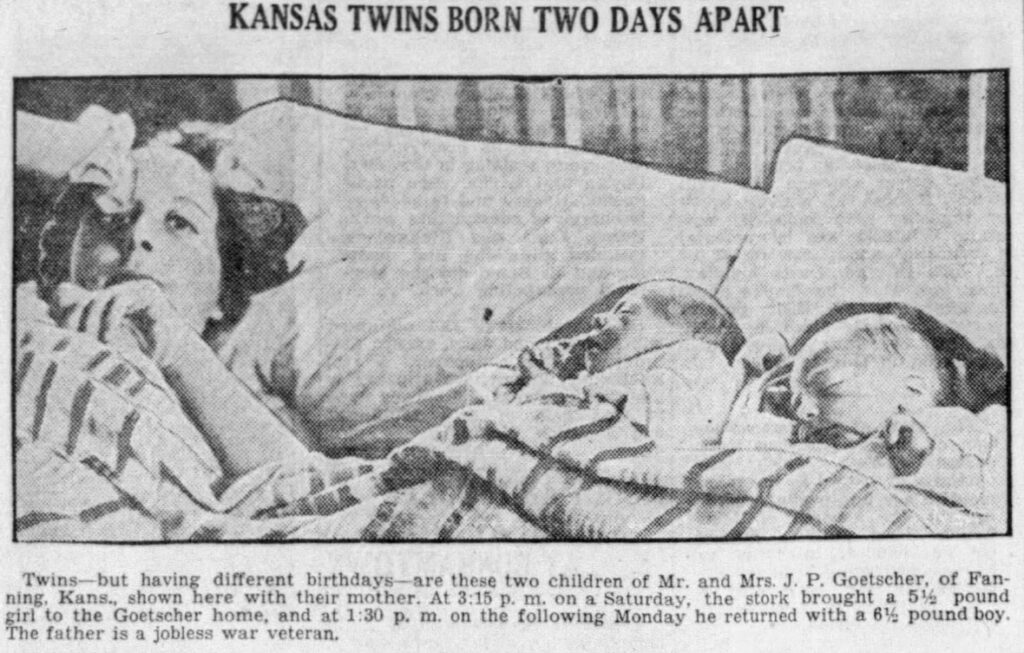


 GENEALOGISTS ASK WHAT ABOUT YOUR ANCESTORS?
GENEALOGISTS ASK WHAT ABOUT YOUR ANCESTORS?
Reach out to to call your Genealogists, Dancestors Genealogy to research, discover, and preserve your family history. No one is getting any younger, and stories disappear from memory every year and eventually from our potential ability to find them. Paper gets thrown in the trash; books survive! So do not hesitate and call me @ 214-914-3598.


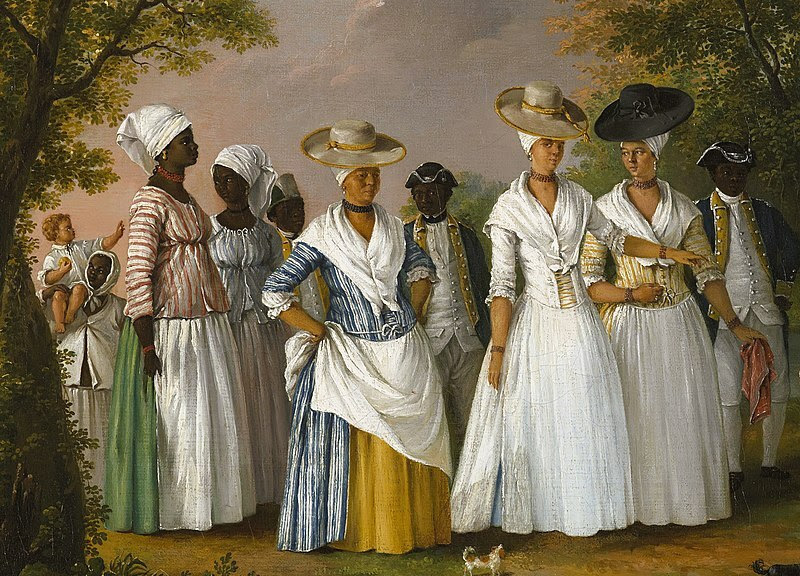 GENEALOGISTS- WHY DIDN’T GREAT-GREAT-GRANDPA MARRY UNTIL HE WAS 44?
GENEALOGISTS- WHY DIDN’T GREAT-GREAT-GRANDPA MARRY UNTIL HE WAS 44? GENEALOGIST- THE GERMAN MEXICAN SOUTHWEST
GENEALOGIST- THE GERMAN MEXICAN SOUTHWEST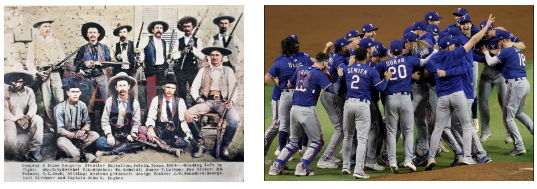
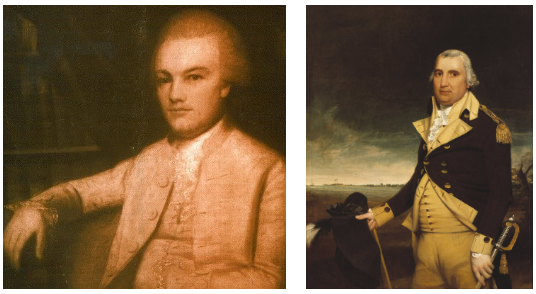
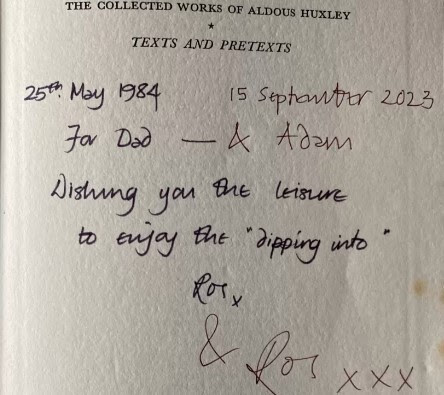 GENEALOGISTS GO FULL CIRCLE
GENEALOGISTS GO FULL CIRCLE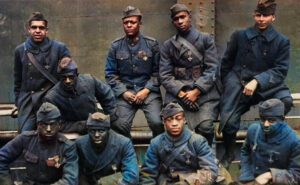 GENEALOGISTS STUDY THE HELLFIGHTERS
GENEALOGISTS STUDY THE HELLFIGHTERS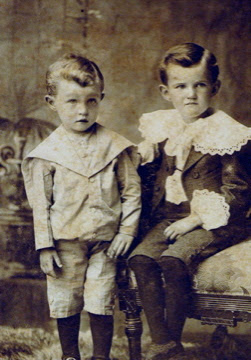 GENEALOGISTS ASK WHAT ABOUT YOUR ANCESTORS?
GENEALOGISTS ASK WHAT ABOUT YOUR ANCESTORS?